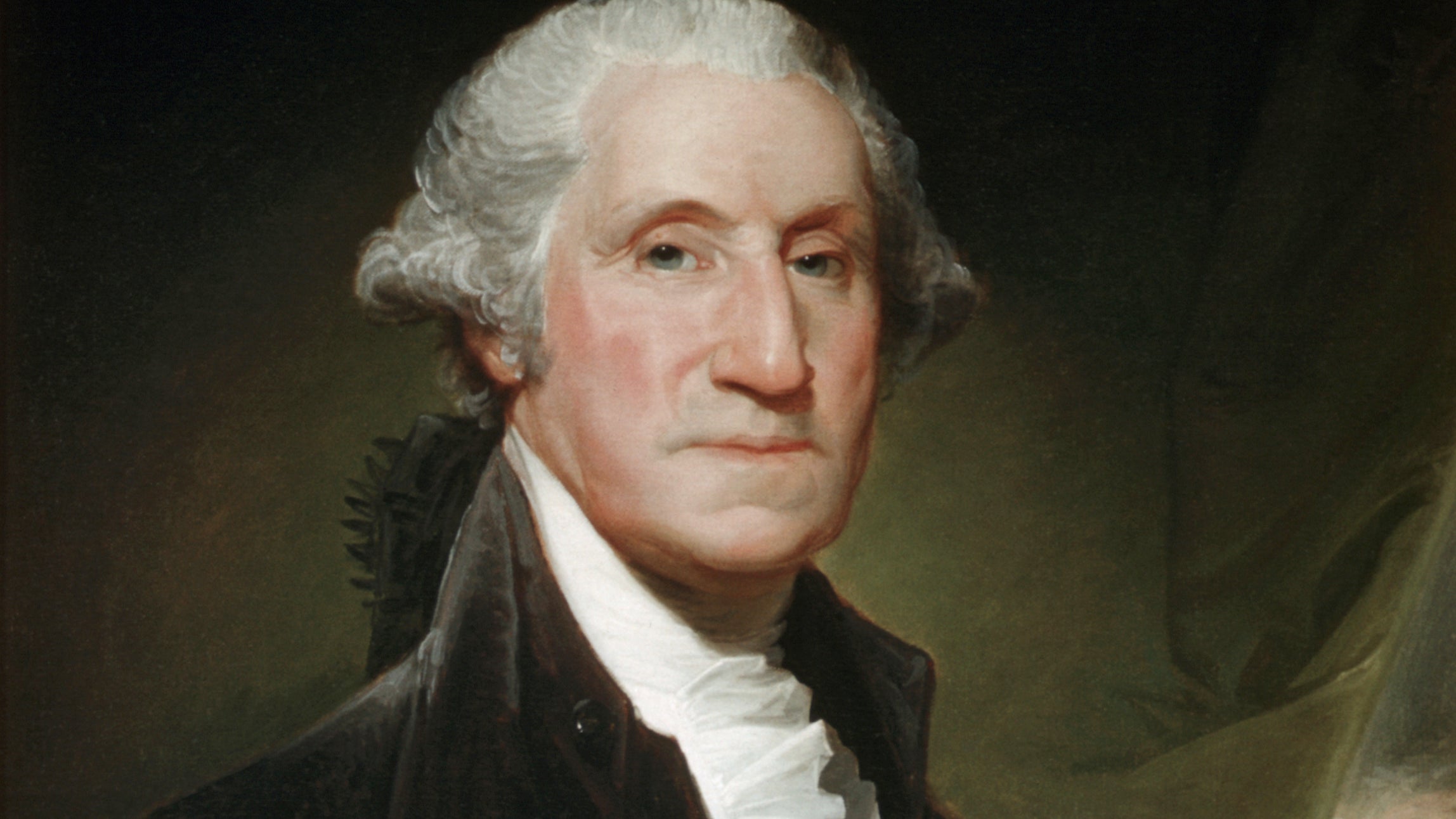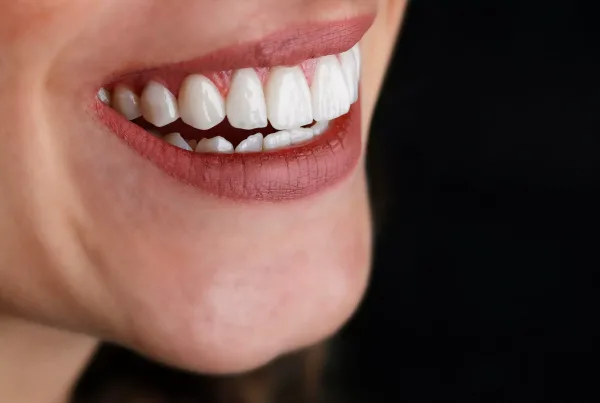
George Washington, one of the United States’ founding fathers and its first president, has left a mark on history. However, a lesser-known fact is that Washington spent much of his life battling toothaches and tooth loss.
Who is George Washington?
George Washington is a historical figure recognized as one of the prominent figures in the struggle for American independence and the first president of America. He served as the commander and leader of the American colonies during the American Revolutionary War, leading the army during the war and significantly contributing to America’s independence from British colonialism.
After the Revolutionary War, Washington, considered an important leader during the United States’ founding period, was elected as the country’s first president. He served for two terms (1789-1797).
Washington played a crucial role in shaping America’s constitutional system. He presided over the Philadelphia Constitutional Convention and made significant contributions to the adoption of the United States Constitution.
Washington is regarded as a symbol of the American independence movement and the new nation. His leadership played a critical role in dealing with the challenges of the Revolutionary War and keeping American society together. Washington was also a large landowner and agricultural entrepreneur in Virginia. His success in agriculture made him an economically influential figure.
After his presidency, Washington delivered a farewell address known as the “Farewell Address.” In this speech, he addressed critical issues such as national unity, political unity, and the need to be cautious of foreign intrigues. George Washington is considered one of the most important figures of America’s founding period, leaving a profound and lasting impact on American history.
Dental Diseases and Issues
George Washington’s teeth faced serious problems throughout his life. The inadequacy of dental care standards and the limitations of dental technology at that time negatively affected his dental health. Here are the primary dental diseases and issues Washington experienced:
Gingivitis: Gingivitis is characterized by inflammation and swelling of the gums. Gum inflammation was a common problem in Washington’s teeth. This condition could manifest in various ways, including redness, swelling, and bleeding of the gums.
Periodontitis is a condition that occurs as gingivitis progresses. The gums recede, and damage occurs to the bone tissue beneath them. This condition could lead to tooth loosening and tooth loss. Most of Washington’s tooth loss was likely due to periodontitis.
Cavities: Cavities are a disease caused by acids’ breakdown of tooth enamel. Washington’s teeth were often affected by decay, which could cause pain, sensitivity, and tooth loss.
Tooth Loss: Washington lost most of his teeth. He lost his first tooth in his late twenties, and by the time he was fifty, he only had ten remaining healthy teeth. This tooth loss adversely affected his ability to speak, chew, and overall quality of life.
These complex issues with George Washington’s teeth deeply impacted his life and personal experiences. His dental challenges highlight the limitations of dental technology and the importance of dental care during that time.
Required Treatments
George Washington’s severe dental problems required him to cope with the limited treatment options available at the time. Dental technology and knowledge were quite limited compared to today’s standards. However, some treatment methods were available to alleviate and treat Washington’s dental problems:
Tooth Extraction: During Washington’s time, most dental treatments focused on tooth extraction. Decayed or infected teeth were often extracted. Washington also had to have many of his teeth extracted.
Dental Prosthetics: Washington may have used prosthetic teeth to mitigate the effects of tooth loss. Prosthetics made from wood, springs, or ivory were commonly used.
Pain Relievers and Antibiotics: During that time, pain relievers and antibiotics could be used to manage toothaches and infections. However, these treatments typically provided symptomatic relief and did not address the underlying problem.
Dental Cleaning and Hygiene: Washington needed to prioritize regular dental cleaning and hygiene to maintain his dental health. However, toothbrushes and toothpaste were not up to modern standards during that time.
George Washington’s dental treatments relied on the limited resources of the time, and various modern dental techniques and materials available today were absent. However, even with the treatments available during his time, it is believed that he made efforts to maintain his dental health and alleviate the effects of dental problems.
Effects on His Life
George Washington’s dental problems significantly affected his physical health, personal life, and public duties. Washington’s tooth loss negatively impacted his ability to speak clearly. Missing teeth or the use of dentures could reduce speech clarity and fluency, affecting his public speeches and communication.
Tooth loss and pain may have affected Washington’s eating habits and dietary patterns. Difficulties in chewing or digesting certain foods due to dental issues could have arisen. This could have had a negative impact on his overall health and quality of life.
Dental problems could have affected Washington’s physical appearance and confidence. Tooth loss and decay could affect his outward appearance and diminish his self-confidence in social interactions. Dental issues could affect Washington’s overall health and well-being. Toothaches, infections, and other dental diseases could negatively impact his general health and lower his quality of life.
George Washington’s dental health challenges were a significant factor affecting his personal life and public duties. These issues went beyond mere physical discomfort and also affected his social interactions, communication, and overall quality of life. Despite these challenges, Washington’s leadership abilities and determination are still admired throughout history.
Modern Dentistry and George Washington’s Dental Problems
George Washington’s dental problems stemmed from the inadequacies of dental hygiene practices and standards in the 18th century. At that time, dental care and treatment methods were limited, and technology was undeveloped. However, advancements in modern dentistry have made significant progress in preventing, diagnosing, and treating such problems.
Advanced Dental Care: Today, dental care tools and techniques are more effective and user-friendly. Products like toothbrushes, dental floss, interdental brushes, and mouthwashes are commonly used to ensure dental hygiene and gum health.
Early Diagnosis and Prevention: Modern dentistry uses advanced technologies and methods to detect and prevent dental problems at an early stage. Routine dental check-ups help in early detection of tooth decay, gum diseases, and other potential issues.
Various Treatment Options: Nowadays, multiple options are available to treat dental problems. Procedures such as fillings, crowns, root canals, dental implants, and orthodontic treatments can be used to maintain or restore dental health.
Aesthetic Dentistry: Modern dentistry also considers aesthetic concerns. Procedures like teeth whitening, porcelain veneers, and cosmetic fillings allow patients to improve the appearance of their teeth.
Use of Advanced Technology: Dentists today can use advanced technologies to make more accurate diagnoses and create more effective treatment plans. Computer-aided design (CAD) and manufacturing (CAM) systems provide precise and durable results for dental restorations.
Modern developments that were not available during George Washington’s time have made significant progress in preventing, diagnosing, and treating dental problems. These advancements highlight the importance of dental health and make it easier for individuals to have a healthy smile.





